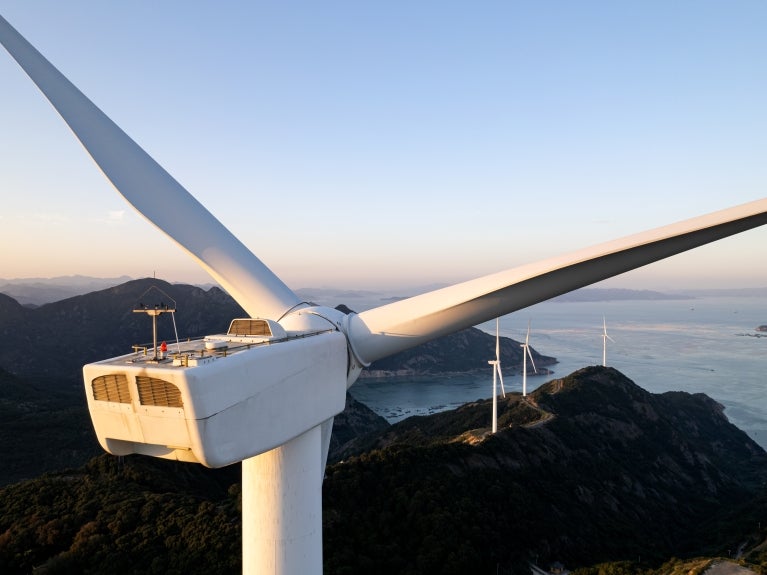Michael Coscia’s Spoofing Conviction Upheld by the Seventh Circuit

In a move that will have commodities traders on high alert, the Seventh Circuit Court of Appeals has upheld the conviction of Michael Coscia, who was sentenced to three years in prison after a federal jury found the former trader guilty of spoofing and commodities fraud.
In its 42-page opinion, a three-judge panel denied Coscia's argument that the anti-spoofing statute is void for vagueness, finding the provision "provides clear notice and does not allow for arbitrary enforcement." As a result, Coscia's first-of-its-kind conviction was affirmed. Coscia's trial in October 2015 was followed closely by market participants because Coscia was the first person criminally prosecuted under the anti-spoofing law at issue. After the jury found Coscia guilty, the prosecutor argued that traders such as Coscia, "contemplating sophisticated scams will think twice if they know that there are more significant consequences than a civil lawsuit or a regulatory action." U.S. District Judge Leinenweber subsequently imposed a three-year sentence with two years' probation, which put the shocked trading community on notice. As the former owner of Panther Energy Trading in New Jersey, Coscia practiced in high-frequency trading, a form of automated trading with programmed algorithms that allowed him to place a high volume of orders in a matter of milliseconds. His conviction was based on this automated trading strategy, which the prosecutors successfully characterized as spoofing, in addition to his suspect order-to-fill ratio, and testimony from other traders. Spoofing—a form of disruptive trading where a trader places bids to buy or sell futures contracts with the intent to cancel before execution—was implemented by the Obama administration as part of the 2010 Dodd-Frank financial reform. In creating false demand, a spoofer can artificially move prices for financial gain. In finding Coscia guilty, the jury concluded that Coscia used computer algorithms to place large orders he never intended to have filled in the markets. Coscia's trading strategy, as explained in the Seventh Circuit opinion, involved placing small orders to sell higher than current market price, then placing much larger volume orders on the buy side of the market. These large orders created the "illusion of market movement, swelling the perceived value of any given futures contract." This allowed Coscia to execute his small volume sell orders at a higher price he created with artificial market movement. Once he sold the small volume contracts, he would buy back at a lower price to make a profit. Coscia did this by first placing small buy orders below the price he had created, then placing several large volume orders on the sell side, causing the price to drop in that market. Coscia then bought the small orders at the much lower price, and immediately cancelled the large volume orders. Executing this strategy tens of thousands of times in less than three months resulted in a $1.4 million profit for Coscia, which the prosecution successfully argued was ill-gotten gains. The Seventh Circuit rejected Coscia's vagueness argument in part because it found the above-described conduct fell squarely within prohibited spoofing conduct. Coscia's computer algorithms were designed to "act like a decoy," automatically placing orders to pump or deflate the market with large orders, which were then cancelled by design if ever at risk of getting filled. His commissioned program would cancel the orders if either a certain amount of time passed, the small orders were filled, or if any one of the large orders was filled. "Read together, these parameters clearly indicate an intent to cancel, which was further supported by his actual trading record." Additionally, the Seventh Circuit rejected Coscia's contention that the evidence of record did not support his spoofing conviction. In doing so, the court pointed to a list of circumstantial evidence: Coscia's cancellations represented 96% of all Brent futures cancellations on the Intercontinental Exchange, Coscia filled only 0.08% of his large orders on the Chicago Mercantile Exchange, Coscia's algorithm developer testified that the algorithms were designed to prevent large orders from being filled and that the orders were designed to "pump [the] market," only 0.57% of Coscia's large orders were on the market for more than one second, and Coscia's order-to-trade ratio was 1,592% while the average trader's ratio ranged from 91% to 264%. Viewing the circumstantial evidence in its totality, the Seventh Circuit found a rational trier of fact could have found Coscia intended to cancel before execution, in violation of the anti-spoofing statute. In today's markets, the point-and-click traders are often outpaced by advanced computer algorithms such as those created by Coscia and Panther Energy. However, the decision to uphold Coscia's spoofing conviction should be a warning to those employing such advanced strategies. Going forward, traders can expect that prosecutors—emboldened by the Seventh Circuit's ruling—will look for others acting with the intent to cancel bids in order to favorably push the market as potential targets in criminal investigations.
Print and share
Explore more in
White Collar Briefly
Drawing from breaking news, ever changing government priorities, and significant judicial decisions, this blog from Perkins Coie’s White Collar and Investigations group highlights key considerations and offers practical insights aimed to guide corporate stakeholders and counselors through an evolving regulatory environment. Subscribe 🡢